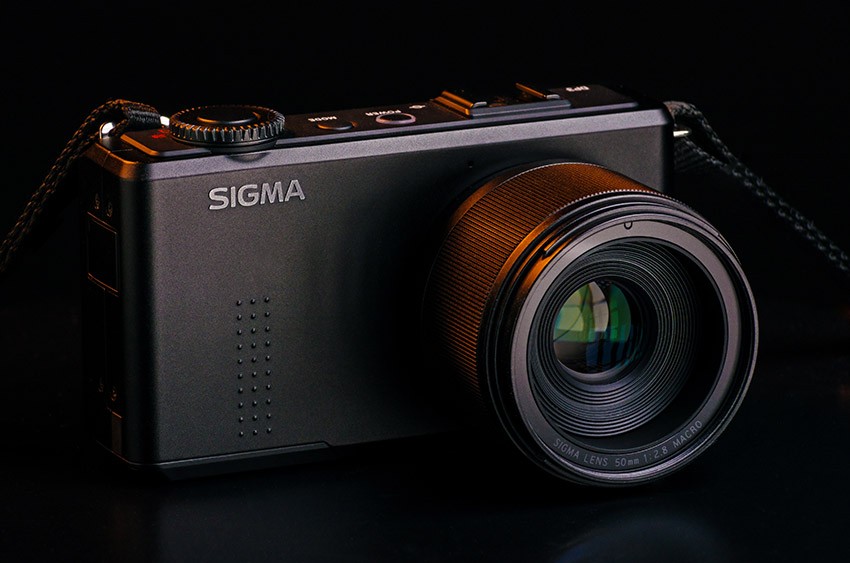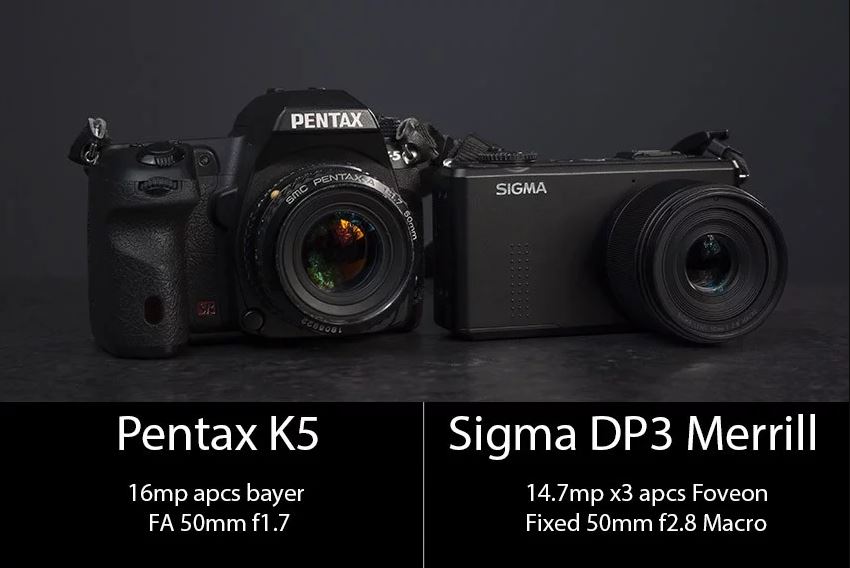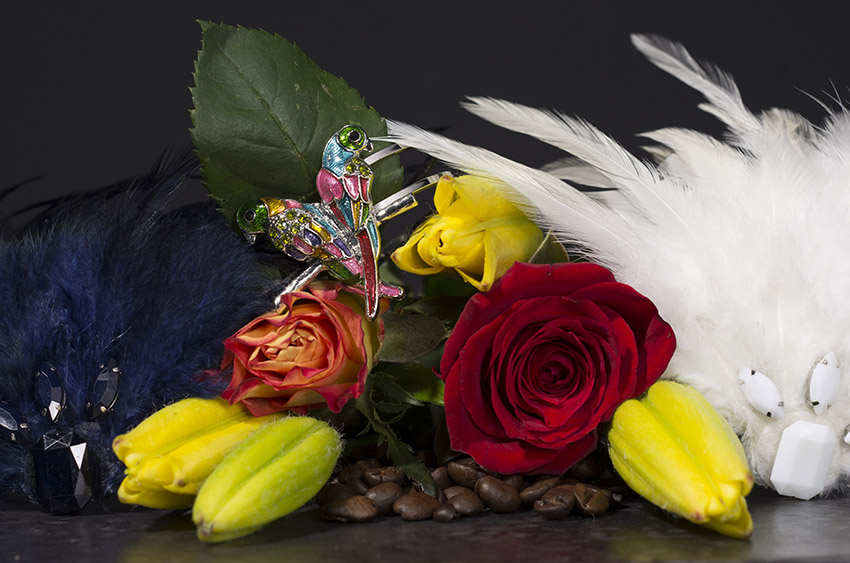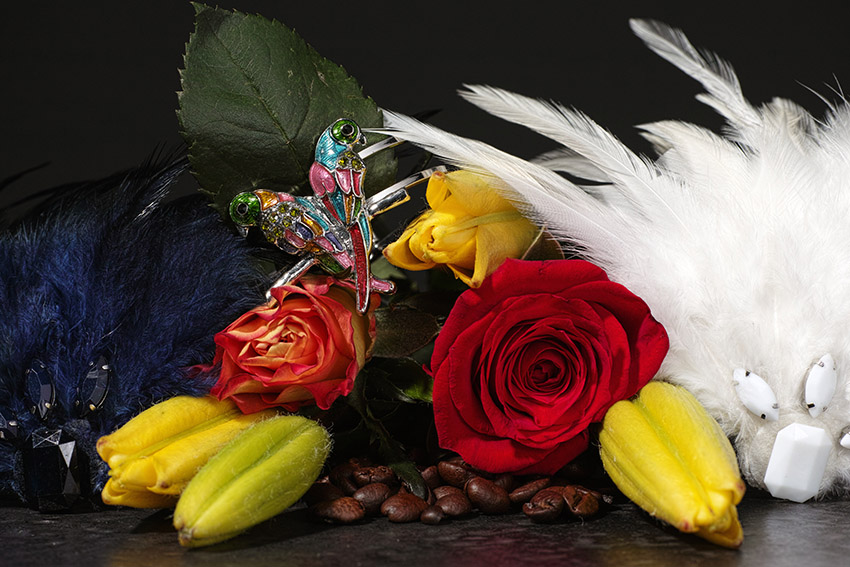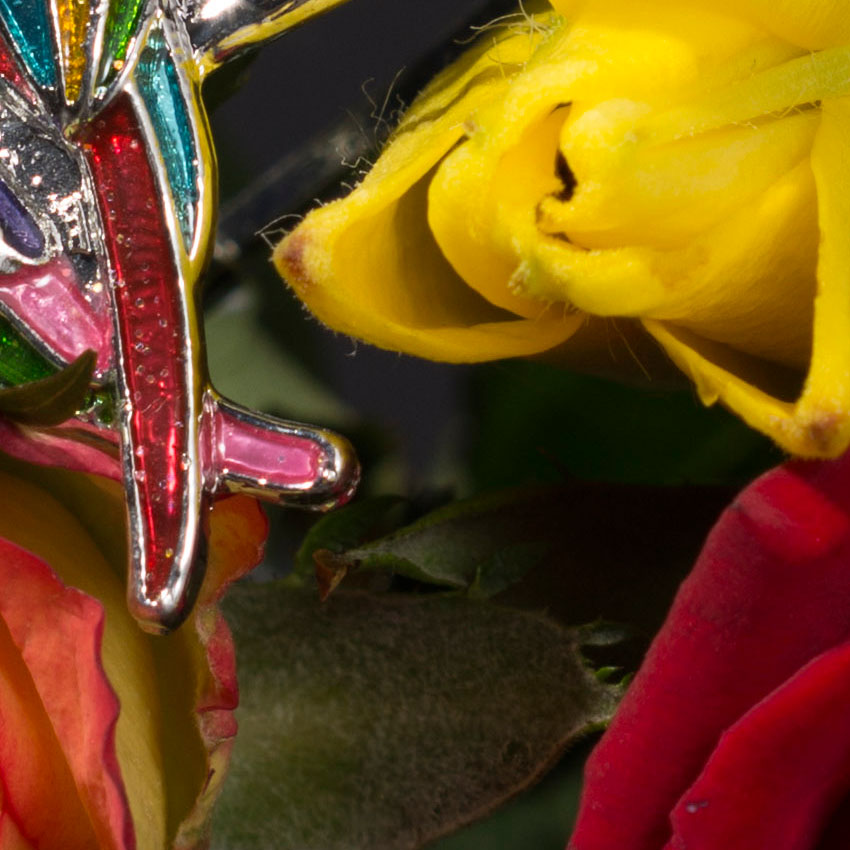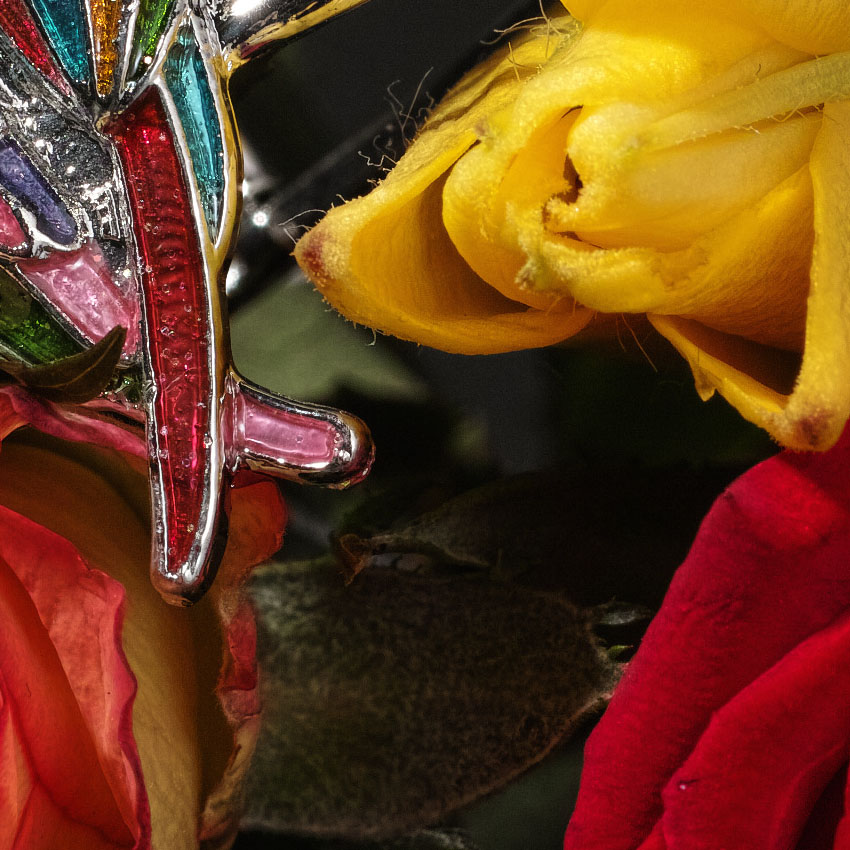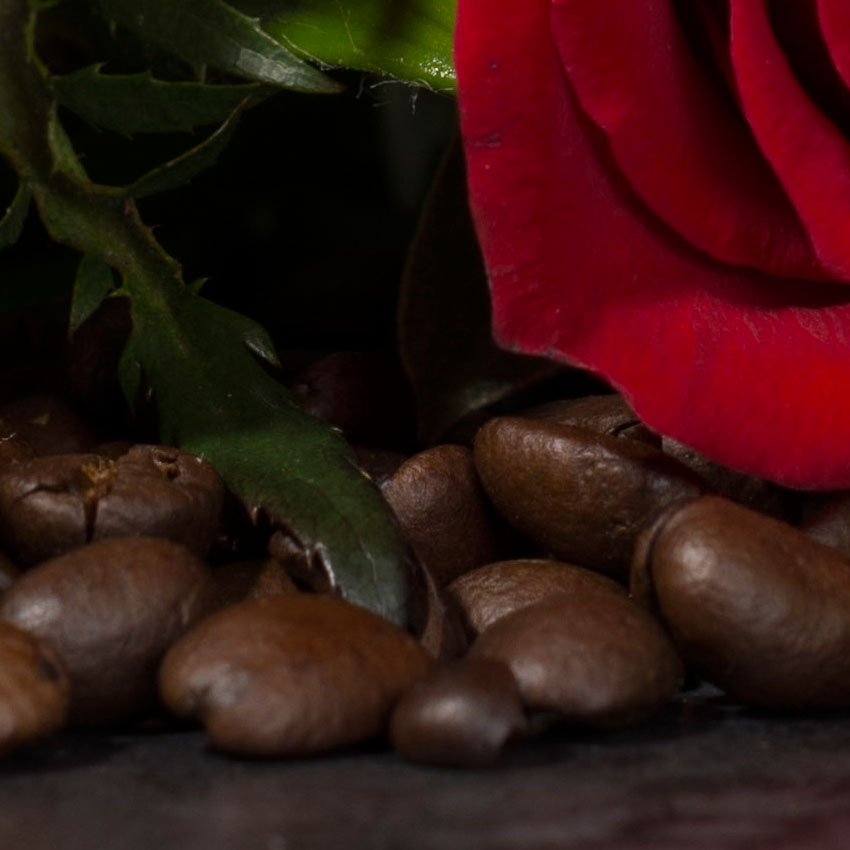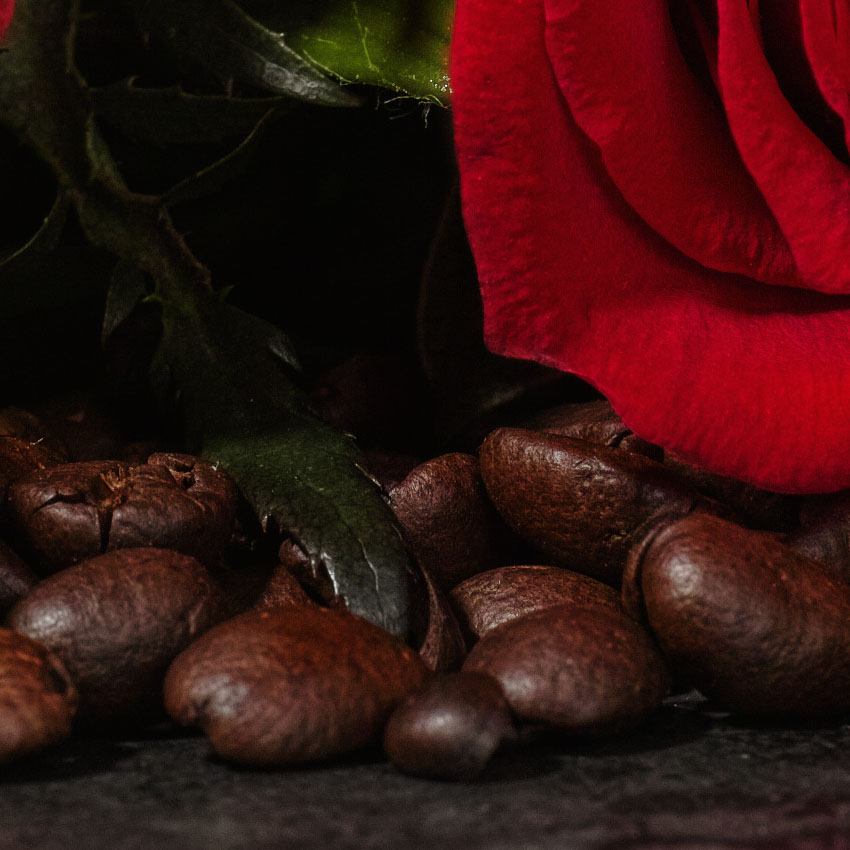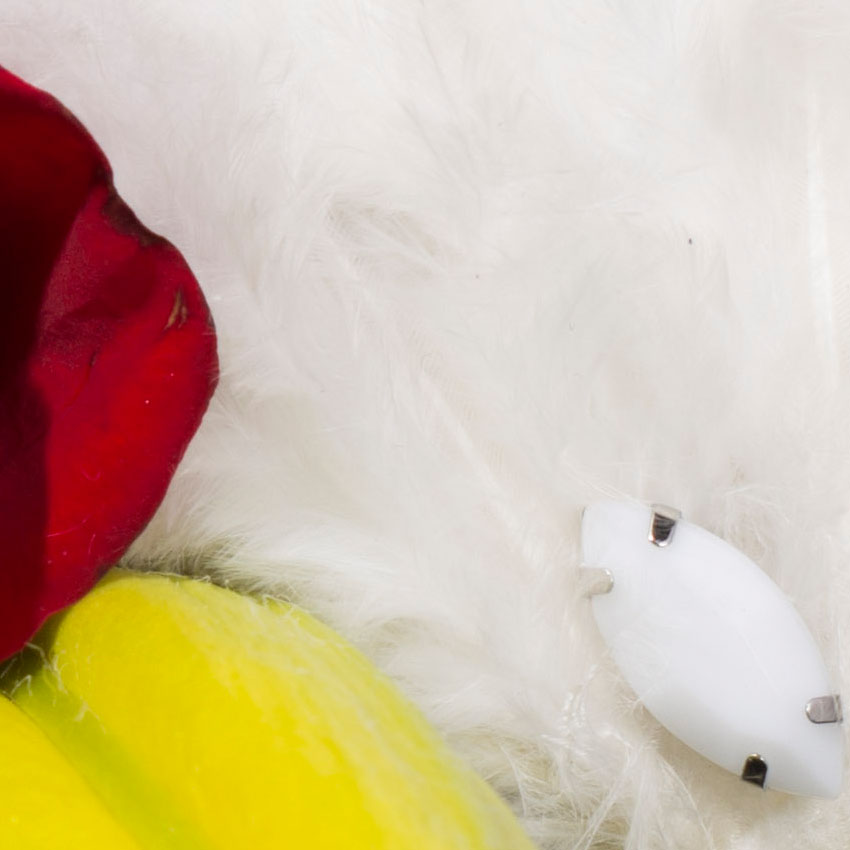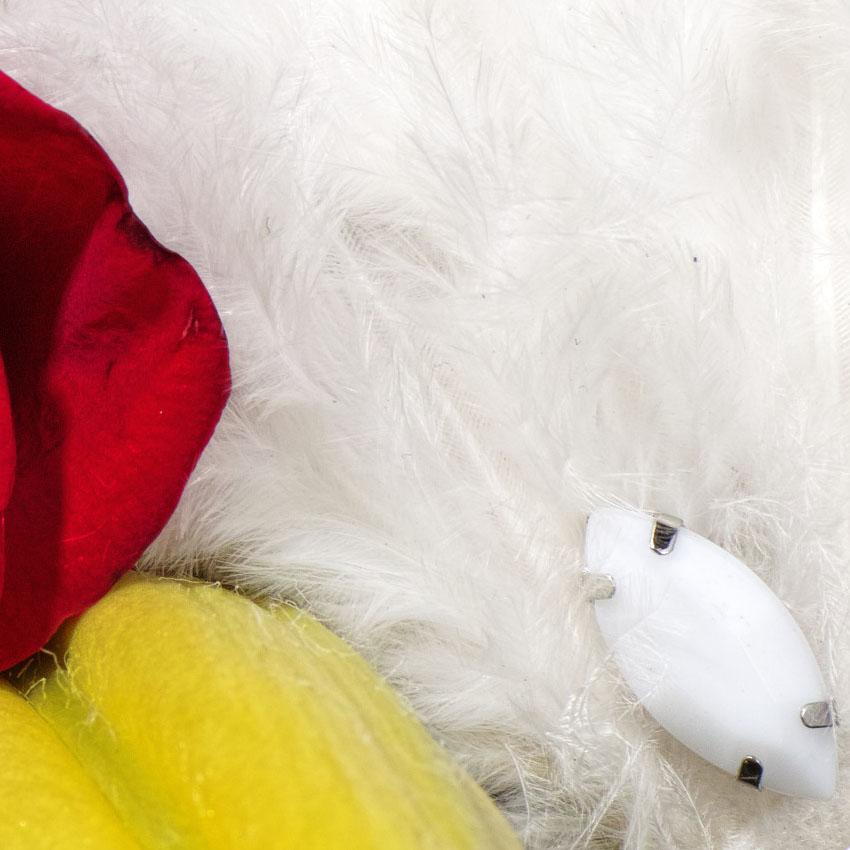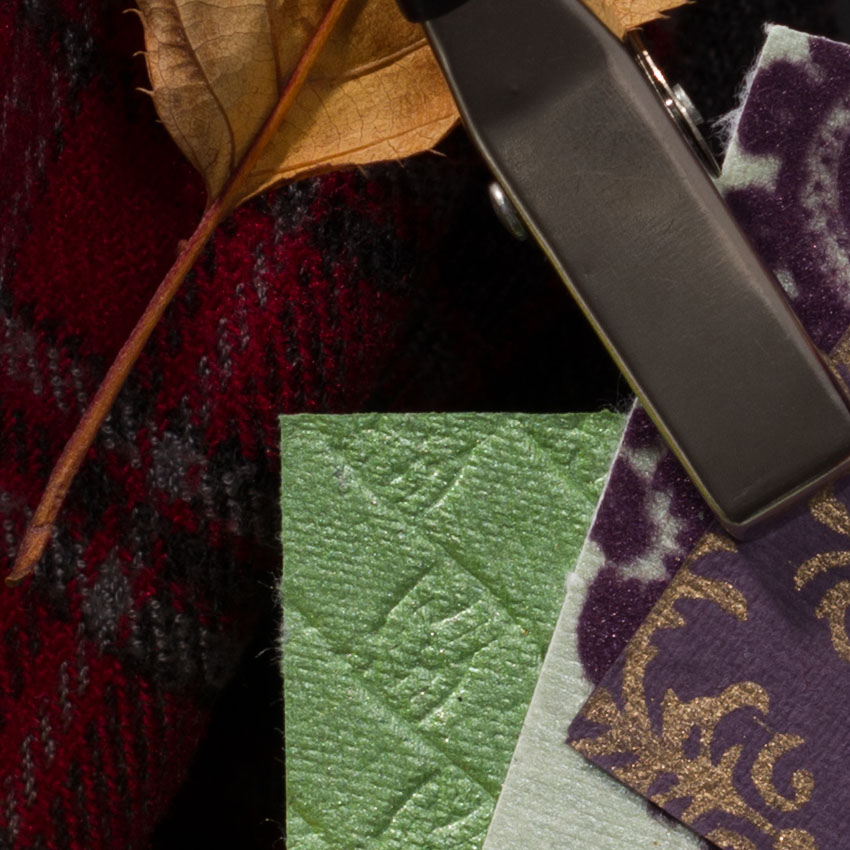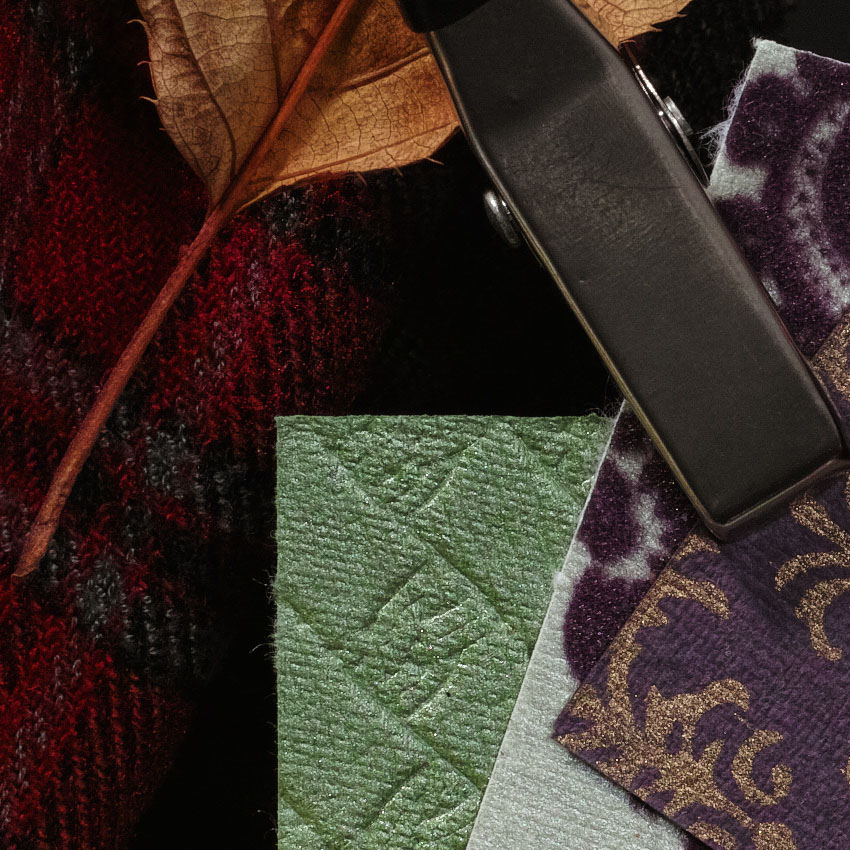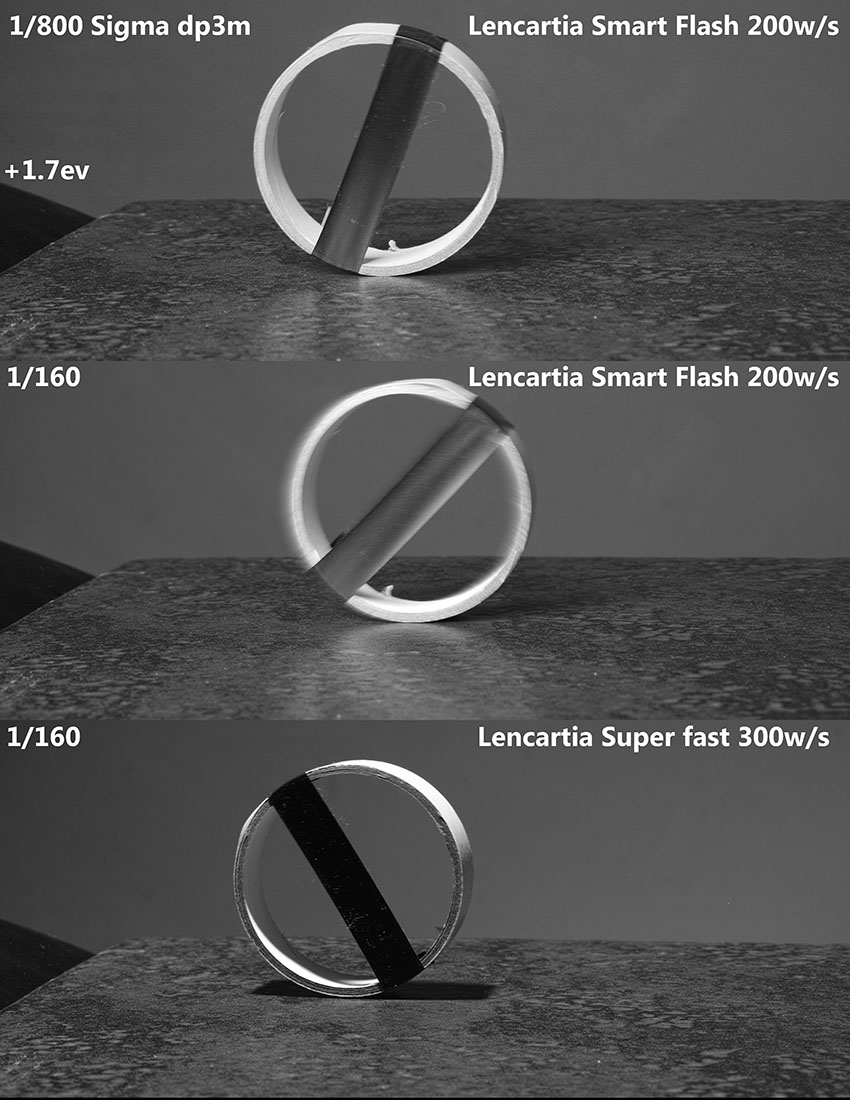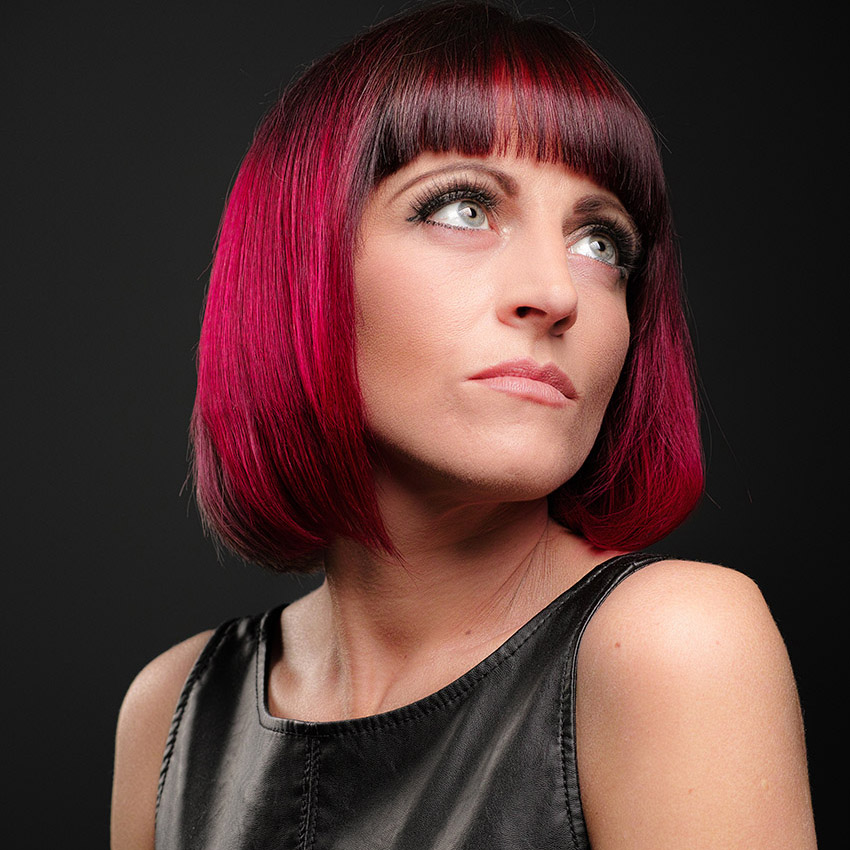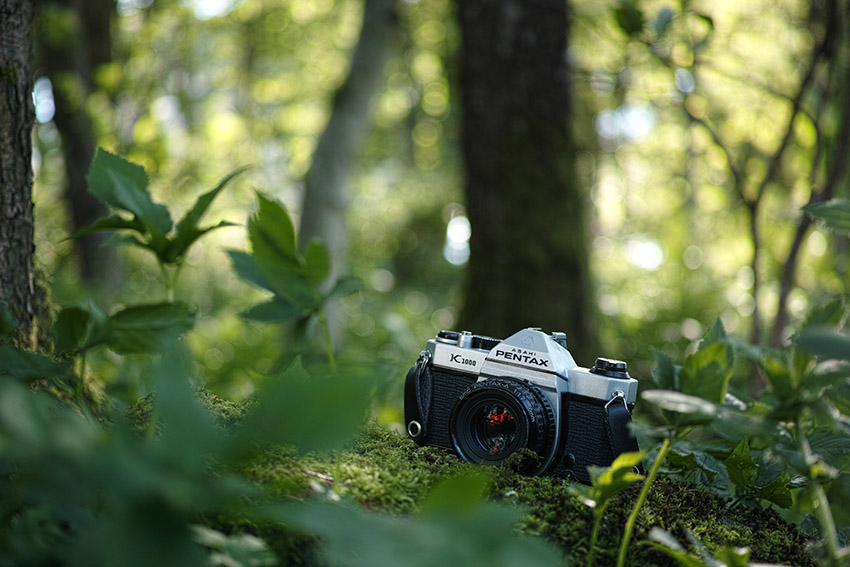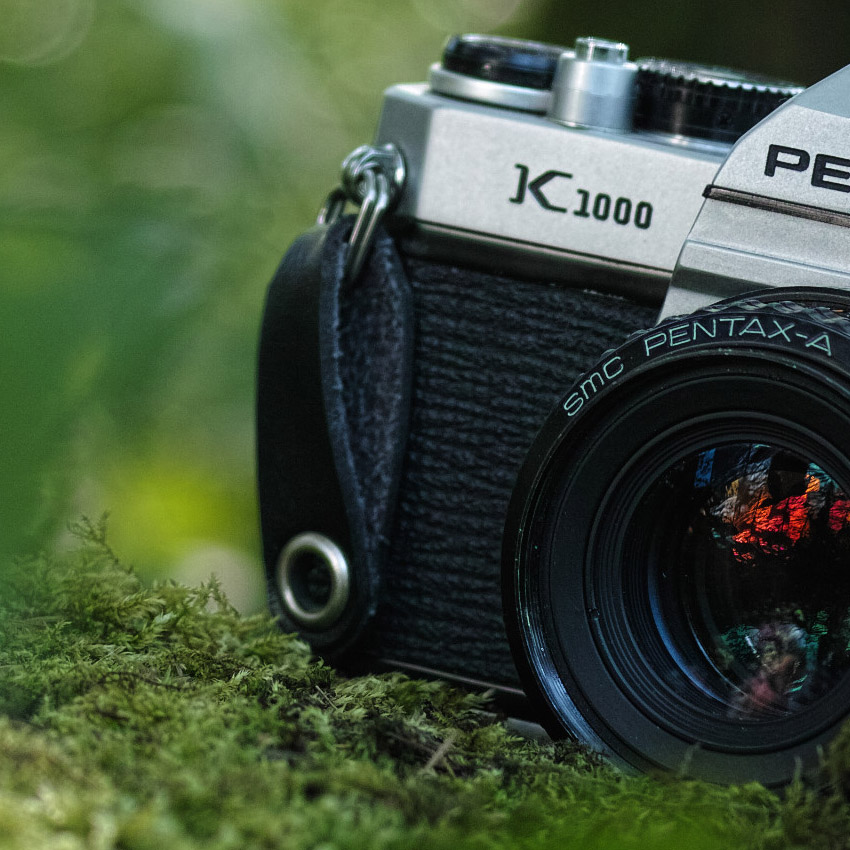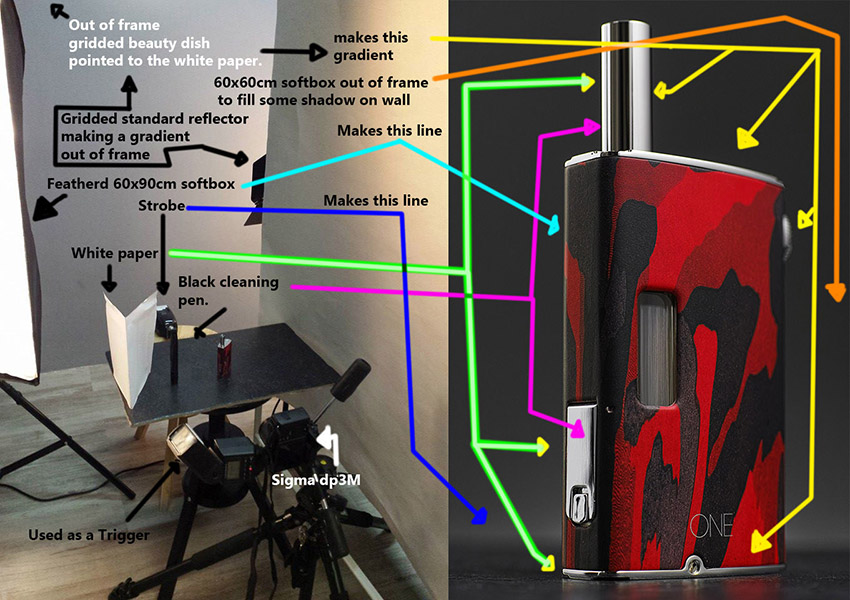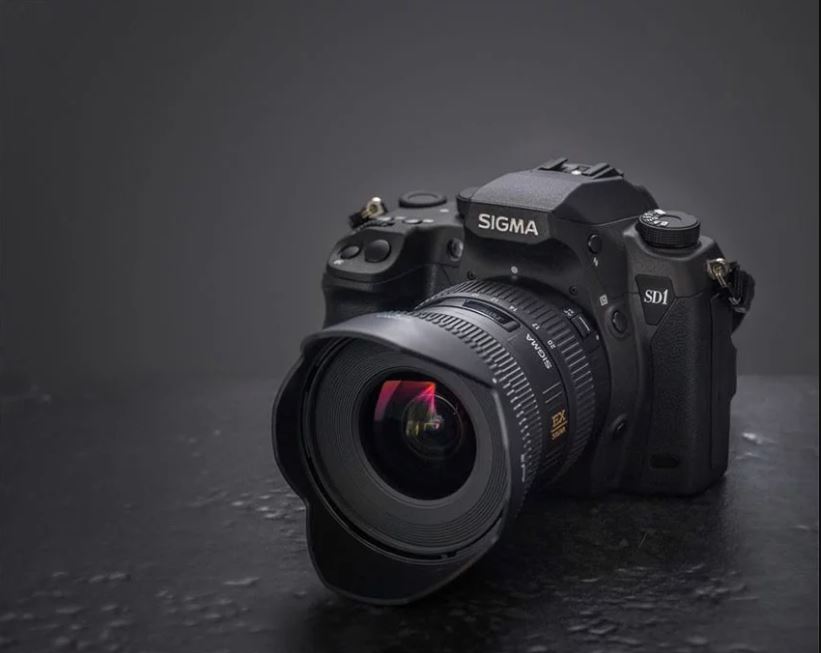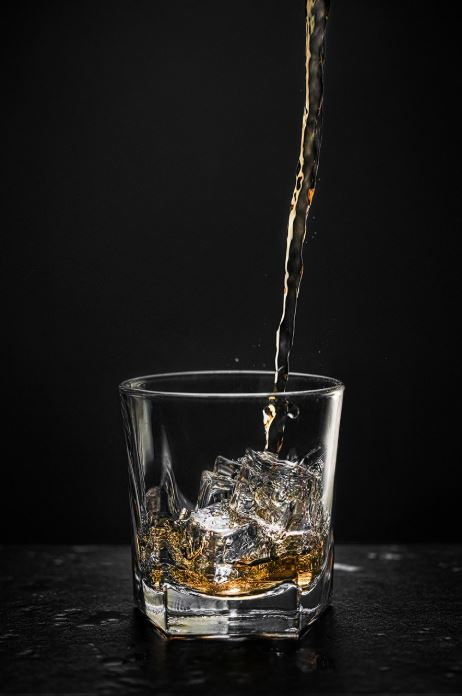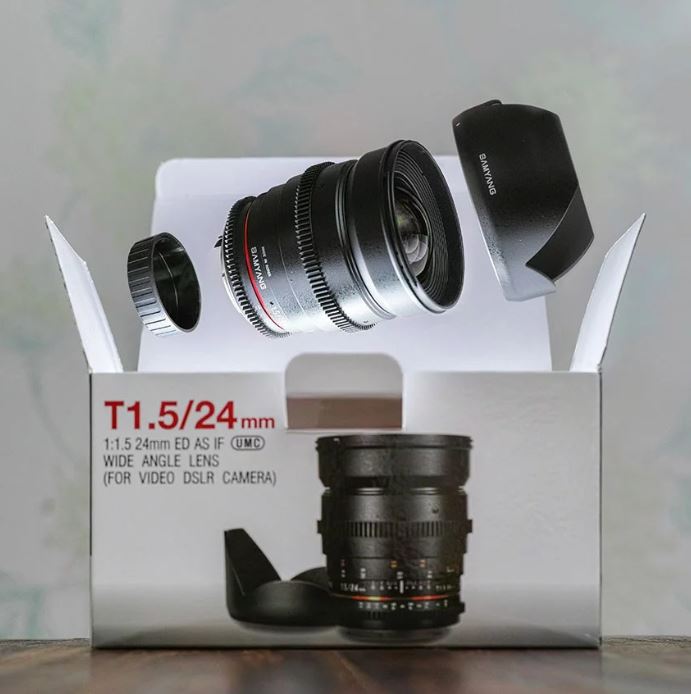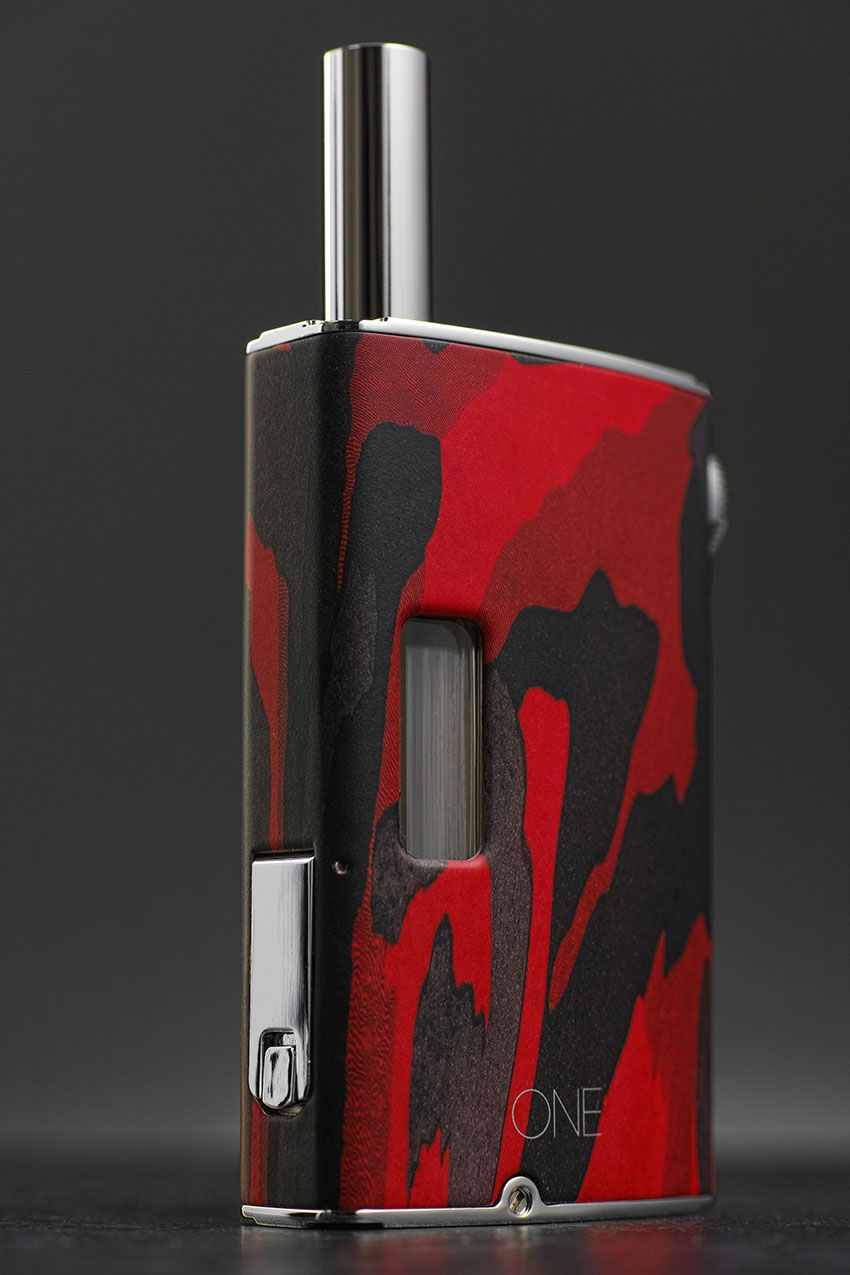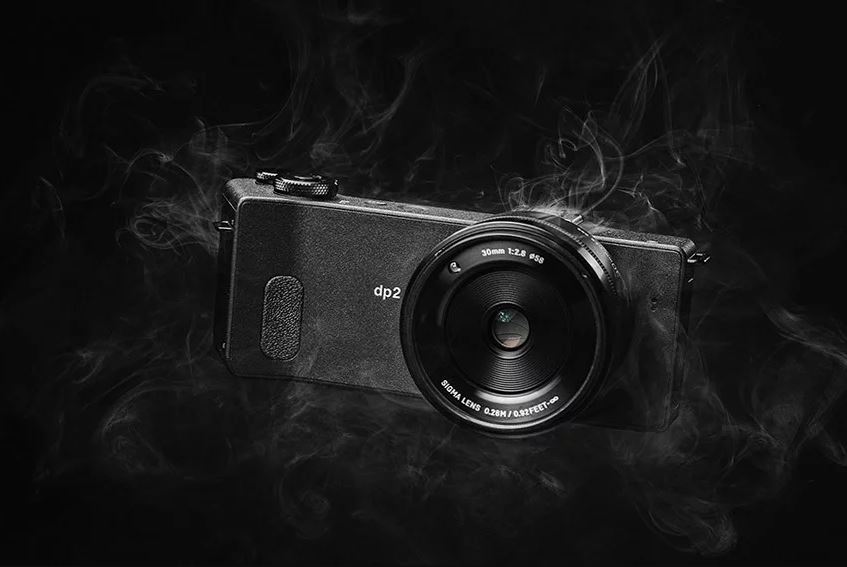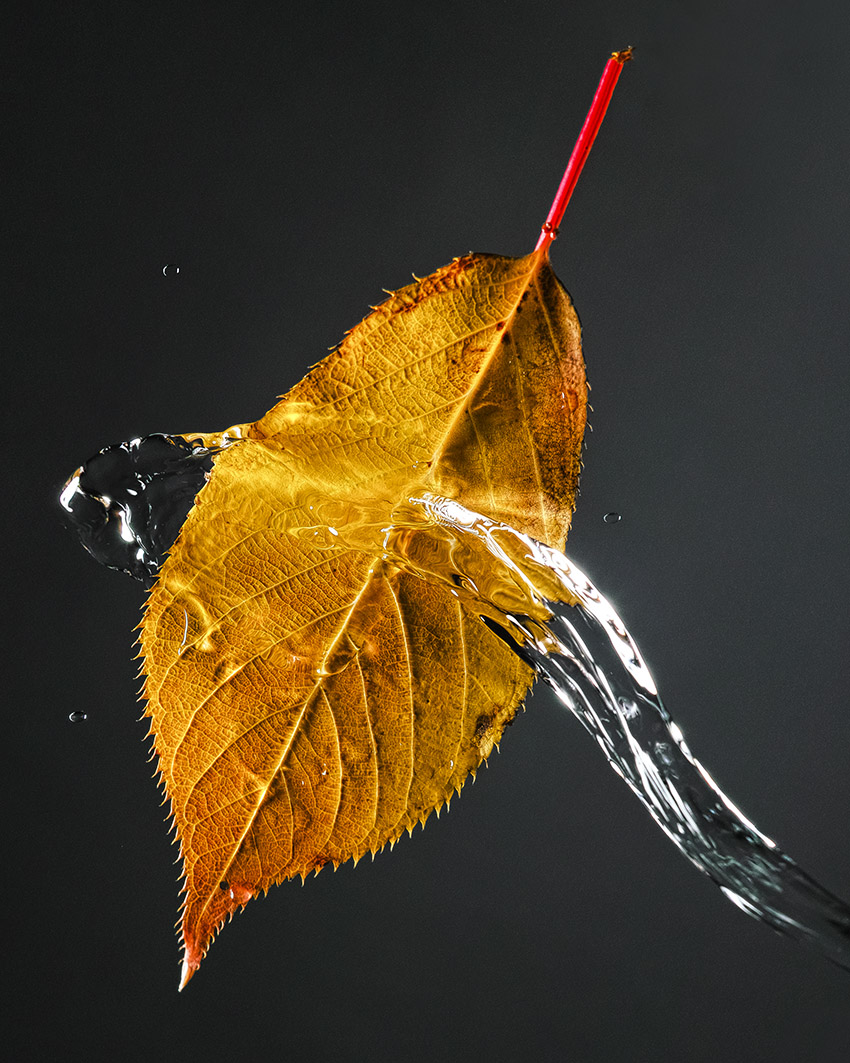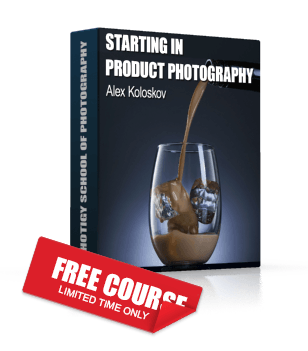What makes Sigma Foveon sensor superior to others:
the review of Sigma DP3 Merrill camera
With cameras coming out with higher megapixel sensors, lens struggling to resolve them and diffraction kicking in at wider apertures I wanted to talk about a different type of image sensor/camera that most people will have over looked.
Most sensors today whether they are made by Canon, Sony, Samsung are all based on the same principle in that they use a single photosensitive silicon layer to capture light and need a color filer array on-top of this to enable the capture of color.
What would it be like to have a different sensor, one that has no color filters but instead uses three layers of silicon to capture different wavelengths of light similar to how film worked and gives each pixel full color information instead of interpolated guess work as the Bayer sensors do?
Enter the Sigma Dp3 Merril with its 14.7mp (x3) APS-C Foveon chip with a fixed 50mm f2.8 macro (1:3) leaf shutter lens.
I know looking at this camera it would be quite easy to dismiss it, Its small, has a fixed lens, overall slow operation and lack of features compared to other cameras but what it does have is image quality that is up there with some of the best DLSR’s currently available, combine that with a leaf shutter and you have a pretty unique little tool. Before I get down to the image quality I want to go over the usability of the camera in a studio environment.
– – BAD POINTS – –
1) No tethering with the DP series but the SD (dslr) does offer such function.
2) No remote shutter, the newer DP Cameras such as the Quattro have such a feature as well as the SD1 but the DP Merrill’s do not. There are some 3rd party solutions available though.
3) Battery life is pretty short with around 40+ images but the DP Merrill’s come with two and a wired power adapter available for studio use.
4) Speed, The camera is slower than most modern cameras taking upto 10 seconds or more to write a file to the SD card but it has a 7 frame buffer. Think of the camera more as a mini medium format.
5) Proprietary Raw files, Sigma Photo Pro software is required to develop the images into a format readable by PS:CC
6) Shadow noise, purple and green blotching can appear in the shadows if you under expose an image and try to push in post, Shooting +0.3 to +0.7 ev gets helps get the best from the sensor.
– – GOOD POINTS – –
1) Live view only which I find better for most studio work, the 3″ lcd isn’t the highest resolution available but its good enough.
2) Ease of use, the camera while has a lack of buttons but everything is well though out . It only has one control dial but the left/right on the Dpad act as the second. Manual focusing is easy as you simply half press the shutter and the camera will zoom in while you twist the focus barrel and simply releasing the shutter gives you the 100% view back.
3) high resolution APS-C sensor, which offers a larger in focus area than a 35mm sensor at the same FoV and aperture.
4) The lens, even wide open at f2.8 this thing is sharp corner to corner and well controlled when it comes to fringing and such.
5) Leaf shutter, while mostly used to give greater control over ambient light it can also help shorten the flash duration of studio flash’s at the cost of exposure. It also cuts down on vibration with no focal plane shutter or mirror flapping around.
Image quality.
My current DSLR system is a Pentax K5 which isn’t the most detailed camera in the world thanks to its strong AA filter but having a sony APS-C 16mp vs the 14.7mp of the Sigma it takes a similar size of image which makes for viewing the difference between the two sensor types easier, the Pentax shots also had to be moved back a little as the FA 50mm f1.7 was longer in focal length than the 50mm f2.8 on the DP3 Merrill. Here’s an image of both of them together.
For the test scene I used mostly natural objects like flowers but I added a bit of costume jewellery and some feathers in there for good measure.
In these test shots both cameras were set to f8 and focus was obtained by using live view zoomed into small section at bottom of the parrot bracelet where the blue feathers and rose come together, I then exported jpgs from both raw’s using the default settings which for Pentax was Lightroom 5 and Sigma Photo Pro 6.2 for the DP3M.
*note* the exif data on the crops is wrong due to how I created them sorry.
Lets take a look at some 100% crops.
And a little crop from a different scene which used the same settings but with different objects.
For me, there is a startling difference between both cameras even though the overall image size from the Sigma is smaller it contains so much detail on a per pixel level that its clearly out resolving my Pentax system. Its not just the extra detail though, the Foveon chip seems to capture more tones and nuances of color that the Bayer fails to catch and the out of focus areas seem to keep more texture making the transitions appear smoother.
Before going over some more images taken with the Sigma, I would like to share the results of a quick test in which I rolled some tape down an angled tile to show some benefits of using a leaf shutter in the studio. Now how well this works will vary on what equipment you use but I feel it opens up more options so is worth mentioning.
So we have seen some samples to show how the Foveon sensor handles still life objects in a studio enviroment but what about people? To show that I’ll share this image *note that this has been retouched a little but should give a good idea of the results you can achieve.
Next is a photo taken wide open at f2.8 outside with natural light and a reflector.
I know Bayer sensors have came along way since my k5 and I have no doubt that the likes of the D810 and A7r are capable of amazing results but the DP Merrill’s can be had new for around £330 in the uk currently which is staggering for the image quality they produce. As someone who loves photography I just wanted to shed a little light onto the camera and sensor tech that most people would overlook without a second thought. The camera although small has changed how I think about my equipment, A few years ago I would never have thought about buying a fixed lens camera with a slow (relatively speaking) prime but here I am with two of them and they are now my goto camera’s for most shooting except when I need to shoot higher iso or lots of frames say at an event. Here’s a little BTS shot (full shot will be displayed later) showing the Sigma DP3 Merrill setup in my studio.
If you would like a Foveon sensor camera but the idea of a small fixed lens system seems to limiting or you need a different lens then there is a DSLR with the same sensor called Sigma SD1 Merrill , there is no live view or leaf shutter and is only compatible with Sigma SA mount lens but it’s the only camera I know with a user removable IR filter which could be handy for some projects. Here’s a little shot of the SD1 Merrill.
– – MORE SHOTS TAKEN WITH SIGAM DP3M – –
And a sneaky one with the DP1 Merrill.
Thank you for taking the time to read this, and please share your opinions and questions as I would love to hear them.
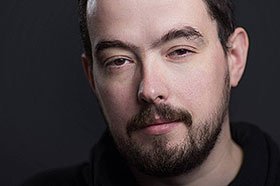
About the Author:
I’m a self-taught photographer from Scotland and owner of a small photographic studio called “The Kirky Studio” just outside of Glasgow. Over the years photography has not only helped me document the life of my four kids, it’s also lead me to work on some amazing projects, make friends all over the world and gives me the tools I needs to bring Ideas in my head into reality. While I enjoy all aspects of photography, the thing I love the most is being able to share and hopefully inspire someone else to learn more. To see more of Paul’s work or to contact him please visit: Website: thekirkystudio.com

